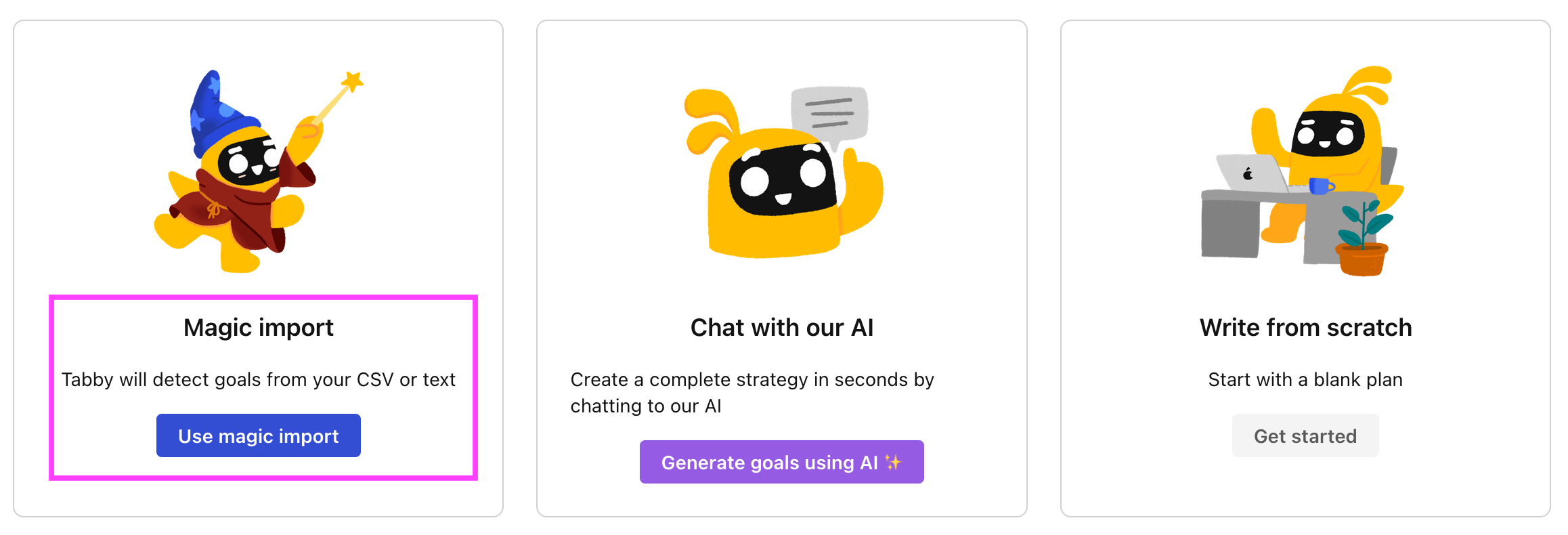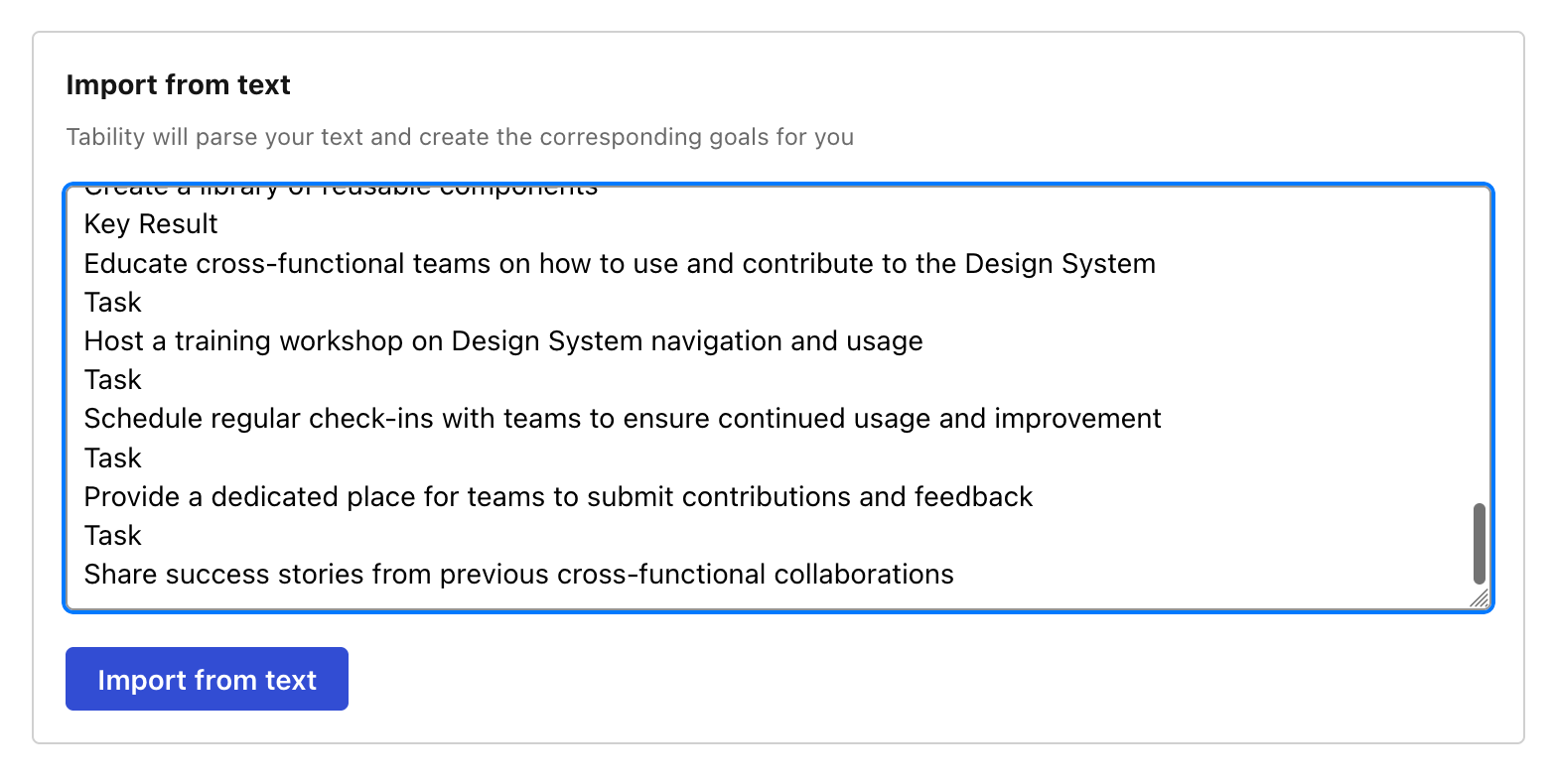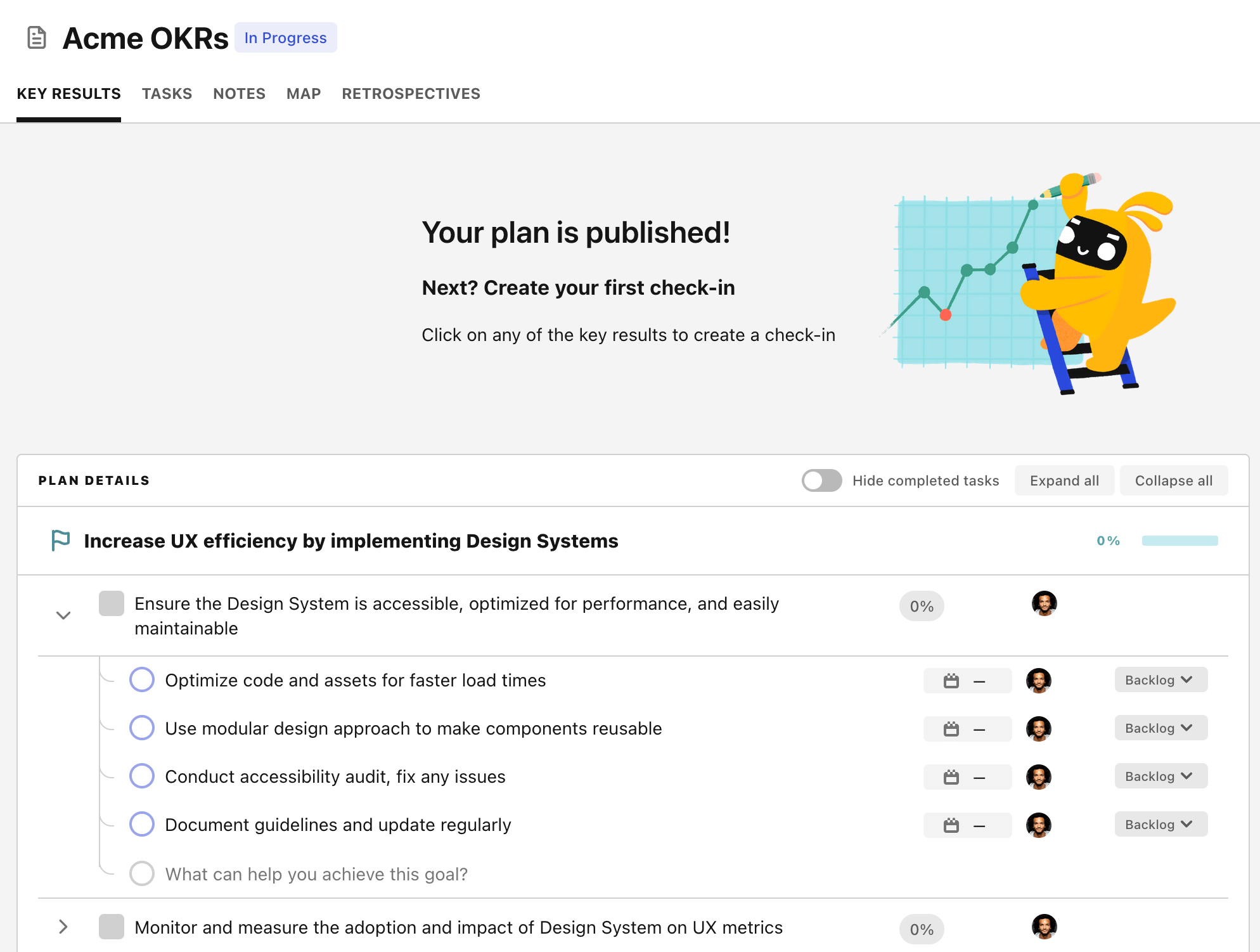OKR template to implement operational excellence in the district
Your OKR template
The OKR also focuses on adopting two new systems across offices that could intensify efficiency. Such enhancements will be achieved through staff training on system operation and the identification of potential systems that could be integrated into office operations. In addition, there's a focus on tracking and measuring the effectiveness of these systems to ensure they meet desired goals.
Another integral part of the OKR is to decrease operational wastage by 15% via process improvements. The initiatives highlighted to achieve this include analyzing current operations to identify inefficiencies, conducting regular staff training on efficiency, and implementing process automation wherever applicable.
Overall, the intention of this OKR is to elevate the district's operational performance by upskilling employees, adopting new systems and reducing wastage. It outlines a robust plan aiming to enhance both management and operational procedures, thereby promoting an overall culture of excellence.
ObjectiveImplement operational excellence in the district
KRUpskill 30% of staff in lean management techniques
KRAdopt two new efficiency-enhancing systems across offices
Train staff on the new systems' operation
Identify potential efficiency-enhancing systems for implementation
Track and measure the systems' effectiveness
KRReduce operational wastage by 15% via process improvements
Analyze current operations to identify inefficiencies
Conduct regular staff training on efficiency
Implement process automation where applicable
How to edit and track OKRs with Tability
You'll probably want to edit the examples in this post, and Tability is the perfect tool for it.
Tability is an AI-powered platform that helps teams set better goals, monitor execution, and get help to achieve their objectives faster.
With Tability you can:
- Use AI to draft a complete set of OKRs in seconds
- Connect your OKRs and team goals to your project
- Automate reporting with integrations and built-in dashboard
Instead of having to copy the content of the OKR examples in a doc or spreadsheet, you can use Tability’s magic importer to start using any of the examples in this page.
The import process can be done in seconds, allowing you to edit OKRs directly in a platform that knows how to manage and track goals.
Step 1. Sign up for a free Tability account
Go tohttps://tability.app/signup and create your account (it's free!)
Step 2. Create a plan
Follow the steps after your onboarding to create your first plan, you should get to a page that looks like the picture below.

Step 3. Use the magic importer
Click on Use magic import to open up the Magic Import modal.
Now, go back to the OKR examples, and click on Copy on the example that you’d like to use.

Paste the content in the text import section. Don’t worry about the formatting, Tability’s AI will be able to parse it!

Now, just click on Import from text and let the magic happen.

Once your example is in the plan editor, you will be able to:
- Edit the objectives, key results, and tasks
- Click on the target 0 → 100% to set better target
- Use the tips and the AI to refine your goals
Step 4. Publish your plan
Once you’re done editing, you can publish your plan to switch to the goal-tracking mode.

From there you will have access to all the features that will help you and your team save hours with OKR reporting.
- 10+ built-in dashboards to visualise progress on your goals
- Weekly reminders, data connectors, and smart notifications
- 9 views to map OKRs to strategic projects
- Strategy map to align teams at scale